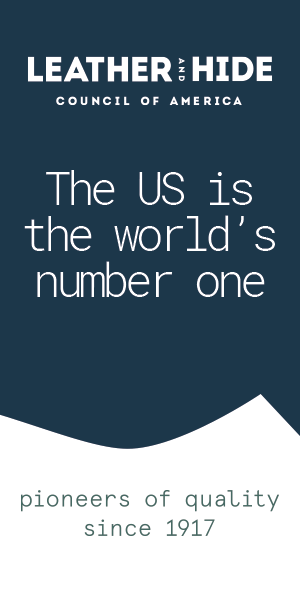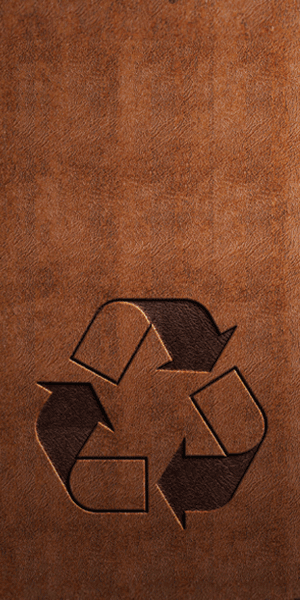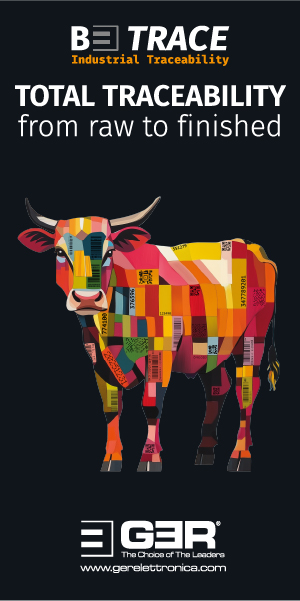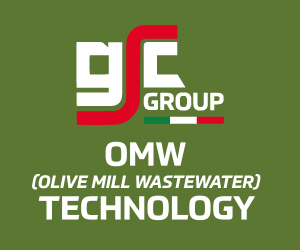A home for tanning waste

As reported in World Leather June-July, Finnish bio-materials manufacturer Spinnova is using wet blue shavings to produce “a new category of sustainable and circular textiles”, Respin. Juha Salmela, co-founder and chief technology officer, gives extra insight into the company’s proprietary technique for making sustainable, recyclable yarns that manufacturers can then knit or weave to make finished products. Ecco and adidas are among the footwear brands that are investing in, and waiting to use, Spinnova’s technology.
What is it about Spinnova fibres that makes them sustainable?
Every day we talk about this. It’s not easy to educate about this, but it is very simple. First, we have our products and technology, and how we produce the fibre. We don’t use any chemicals in production; zero chemicals. We don’t do any washing cycles. We don’t have to. We have no wastewater treatment in our production set-up.
What raw materials have you been using?
For our raw material, we have been focusing on wood fibres. We don’t have to dissolve the pulp, so the yield is 60% better than for viscose. The next one is leather waste. That’s super-interesting. Then the third raw material is agricultural side-streams, more waste. The environmental footprint of these is even less than with the wood-based material. So it’s a combination of these two factors, our products and technology and our raw material sourcing, that makes a huge impact.
How would you describe that impact?
The carbon footprint and the water footprint are minimal compared to anything else. We don’t say that it’s just about sustainability. We want to show that we have functionalities that no other fibre has. We have a price point that is good enough. From the beginning we have said that our fibre has to be cheap enough so that it can make a difference globally. We are not trying to produce anything other than sustainable fibre. It has to meet the mechanical properties of cotton, and that’s it. We’re not trying to do carbon fibre or spider silk. We want to meet the properties of cotton fibre. Then we have some unique thermoinsulation, moisture-management, antiviral, touch-and-feel properties too.
You must see lots of claims about other fibres being sustainable. Brands and, sometimes, their supply chain partners are quick to make a sustainability claim, but the claims often do not really stand up to scrutiny. How do they get away with that?
This is one of my favourite topics. It’s just mind-blowing. We’ve watched this greenwashing many times. The best is shirts or whatever made out of bamboo. It’s just another viscose. Then there are fleece jackets made out of recycled PET bottles when, in some cases, the bottles have never contained water or anything else. I think this is just marketing. Companies have good marketing people and they come up with these slogans. There has been a lot of greenwashing, but we have seen now that brands are very aware of this and want to stop things like the questions about the PET bottles from happening any more.
You have talked about inherent dyeing of Spinnova fibres and have said this is a way of reducing water, energy and chemicals consumption. How does that work?
We have tested industrial dyes and natural dyes. It all depends on the end product. Let’s say we want black fibre: the dyeing process goes so that we have a big tank, full of fibres. We drop an ink pellet into that tank, mix if for a little while and all of the dye absorbs into the fibre. With our fibres from wood pulp, the raw material is always micro-fibrillated cellulose. All of the dyestuff goes into the fibrils. Then we just do the same extrusion and drying process and the end product is black fibre. All we have then is a short curing time and the fibre is ready for spinning. We don’t have to do anything else. The drawback is we cannot have an infinite number of colours; just the basic ones.
Why doesn’t everyone dye the fibre before extrusion?
Because for manmade cellulose, you first have to dissolve the material to polymers and regenerate the fibre. You can’t dye the polymers. Some companies do dope-dyeing, the inherent dyeing we are talking about, is at fibre stage and it is working very well in applications such as women’s underwear. It’s clear there is a demand for that kind of dyeing, but they can’t do it where we do it. It’s impossible using anyone else’s method.
Does this have any impact on the recyclability of Spinnova yarn?
The only impact is the colour. In some cases we can remove the colour also, but that would require a washing cycle, although the mechanical properties would remain the same. For our fibre, recycling does not mean that the quality of the fibre goes down. It remains as good. In fact, in some cases, it can even improve. The energy required to produce Spinnova again is almost 50% less than using the raw material. The principal of my son’s school asked me to talk to the students about Spinnova. An 11-year-old boy asked me about this after the presentation. He said that if the fibre recycles and recycles, time and time again, maybe it means it wouldn’t be necessary to use raw material any more. Well, actually, he’s right. But even if we can recycle 10% it will make a big difference.
Juha Salmela, co-founder and chief technology officer of Spinnova.
All Credits: Spinnova.






























